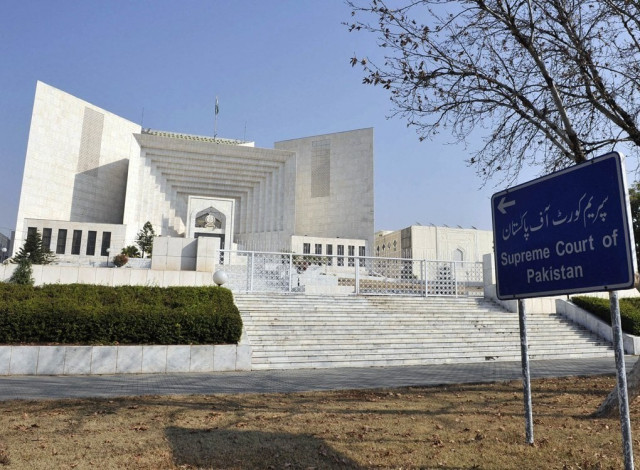Chain of custody vital process in drug cases: SC
Rules evidence should not be tampered with; acquits woman after six-year imprisonment

The Supreme Court has emphasised that “chain of custody” is the most critical process of evidence documentation in narcotics cases while acquitting a woman in a similar case after six-year imprisonment.
"It is a must to assure the court of law that the evidence is authentic, ie, it is the same evidence seized at the crime scene. That it was, at all times, in the custody of a person designated to handle it and it was never unaccounted for," says a five-page judgment authored by Justice Syed Mansoor Ali Shah in a matter wherein a woman, Sakina Ramzan, was acquitted after six-year imprisonment.
She was awarded life imprisonment by a trial court and the same was upheld by the Sindh High Court. A three-judge bench, headed by Justice Manzoor Ahmad Malik, heard the case.
Justice Shah in his ruling said, “The continuity of possession of evidence or custody of evidence and its movement and location from the point of discovery and recovery (at the scene of a crime or from a person), to its transport to the laboratory for examination and until the time it is allowed and admitted in court, is known as the chain of custody.
"The goal is to establish that the evidence is related to the alleged crime, was collected from the scene, and was in its original/unaltered condition rather than having been tampered with or planted deceitfully to make someone seem guilty.”
The court also said that the chain of custody maintains the integrity of the sample.
"The traceability of the record of the control, transfer, and analysis of samples indicates the transparency in the procedure.”
Also Read: Anti-drug court to hear drug trafficking case against Rana Sanaullah
Justice Shah said that the chain of custody, which includes safe custody and safe transmission of the narcotic drug, begins with its seizure by the law enforcement officer, followed by separation of the representative samples of the seized drug, storage of the representative samples and the drug with the law enforcement agency and the subsequent dispatch of the representative samples of the drug to the office of the chemical examiner or the government analyst for examination and testing.
"This chain of custody must be transparent, uncompromised, recorded, safe, secure and unbroken.” The chain of custody assumes critical importance under the CNSA because, the report of the examiner can be the sole basis of conviction of the accused. Therefore, it is important to ensure that the integrity of the chain of custody was intact and the actually seized narcotic drug or its representative samples have reached the office of the examiner or analyst for testing and examination.
Justice Shah said that as a corollary, any break or gap in the chain of custody ie, in the safe custody or safe transmission of the narcotic drug or its representative samples renders the report of the chemical examiner unsafe and unreliable to support conviction.
"The prosecution, before placing reliance on the report of the chemical examiner or the government analyst, must first establish that the chain of custody is safe, secure and unbroken. In case the prosecution fails to do so, the report of the chemical examiner or the government analyst loses its reliability."



















COMMENTS
Comments are moderated and generally will be posted if they are on-topic and not abusive.
For more information, please see our Comments FAQ